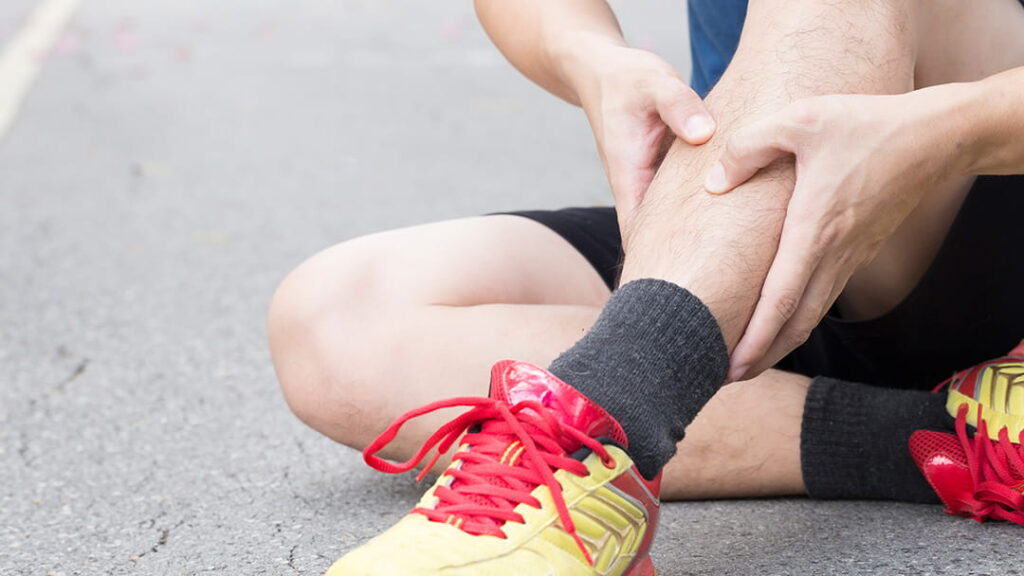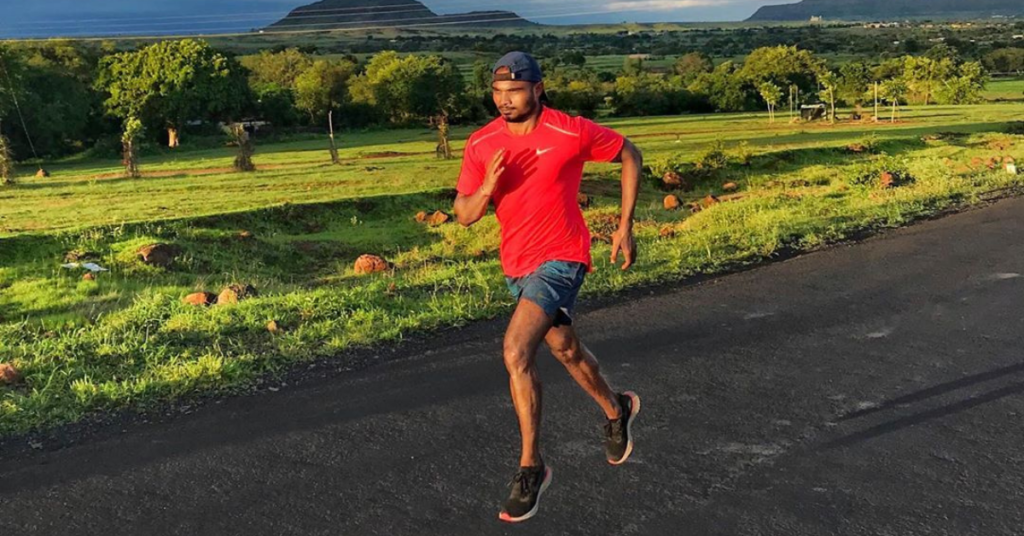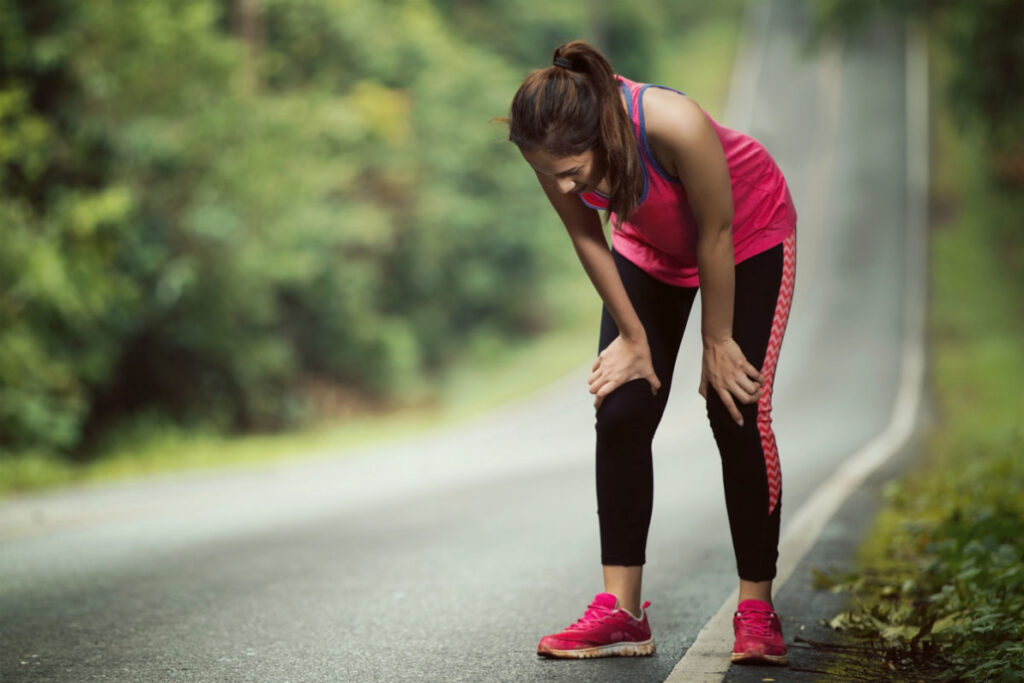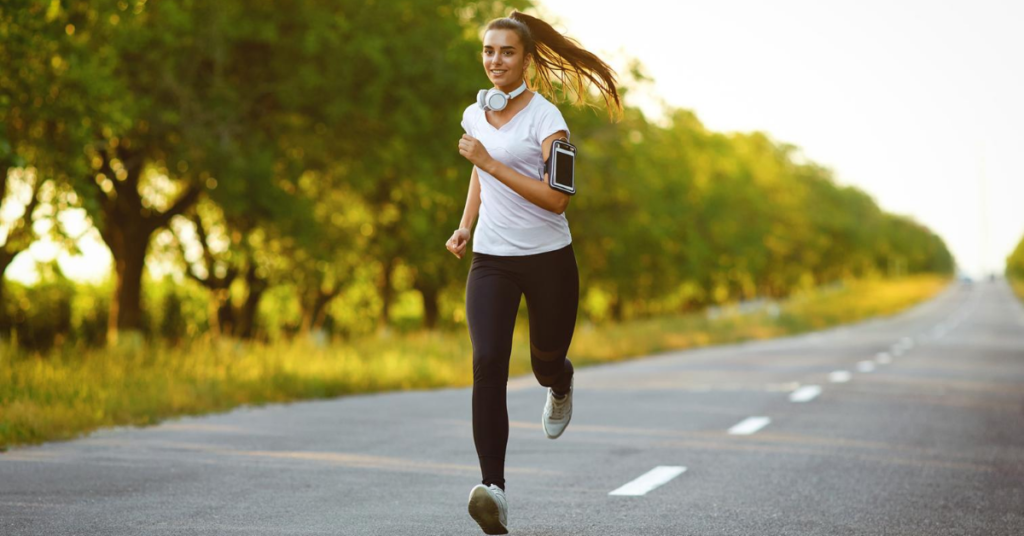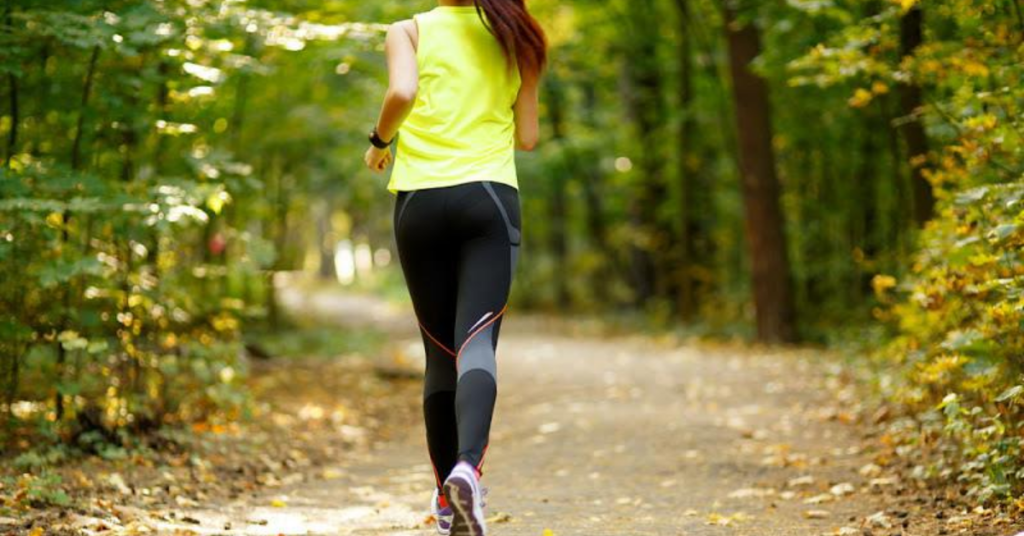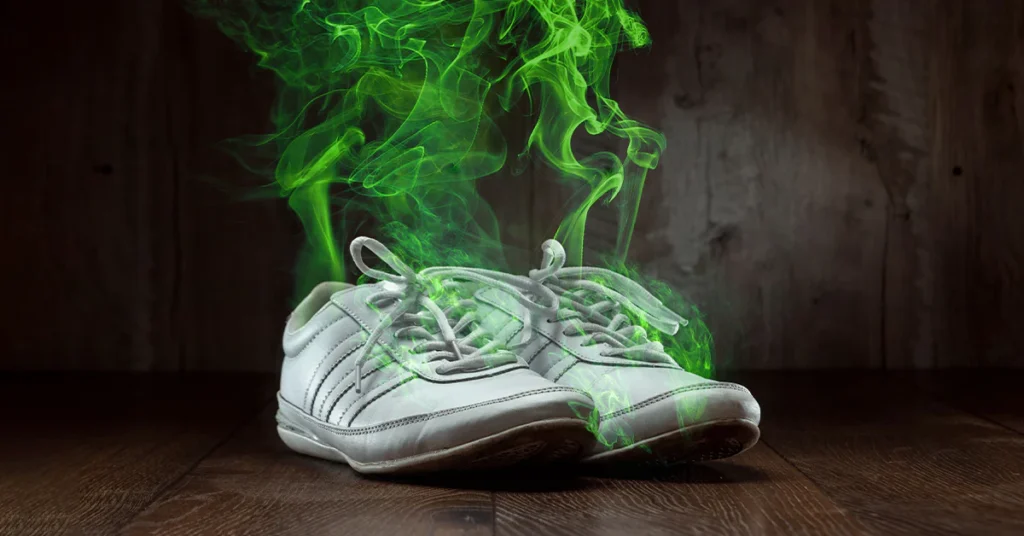12 Easy ways to motivate yourself to run
It’s always easy to come up with excuses to avoid something, but the key is to counter those excuses with reasons to just do it. Maybe you just were not feeling it or maybe the weather was against you, or maybe, just maybe, it’s your motivation that’s lacking. So get yourself together and get moving. […]


